
Bryophyllum Calycinum (Kalanchoe Pinnata): The Miracle Leaf with Remarkable Natural Benefits
Imagine a plant so adaptable and powerful that it’s been treasured for generations to heal wounds, calm inflammation, and support overall wellness—yet it may be growing quietly in your backyard. Kalanchoe Pinnata, also known as Bryophyllum Calycinum or the “miracle leaf,” is a succulent native to Madagascar with a rich history in traditional medicine and increasing relevance in today’s wellness world. With its unique ability to sprout new plants from its leaves and an impressive chemical makeup, this humble plant is attracting interest from researchers and natural health enthusiasts alike.
In this article, we’ll explore what makes Kalanchoe Pinnata extraordinary, its potential health benefits, how to use it safely, and why it’s gaining traction in the modern wellness space.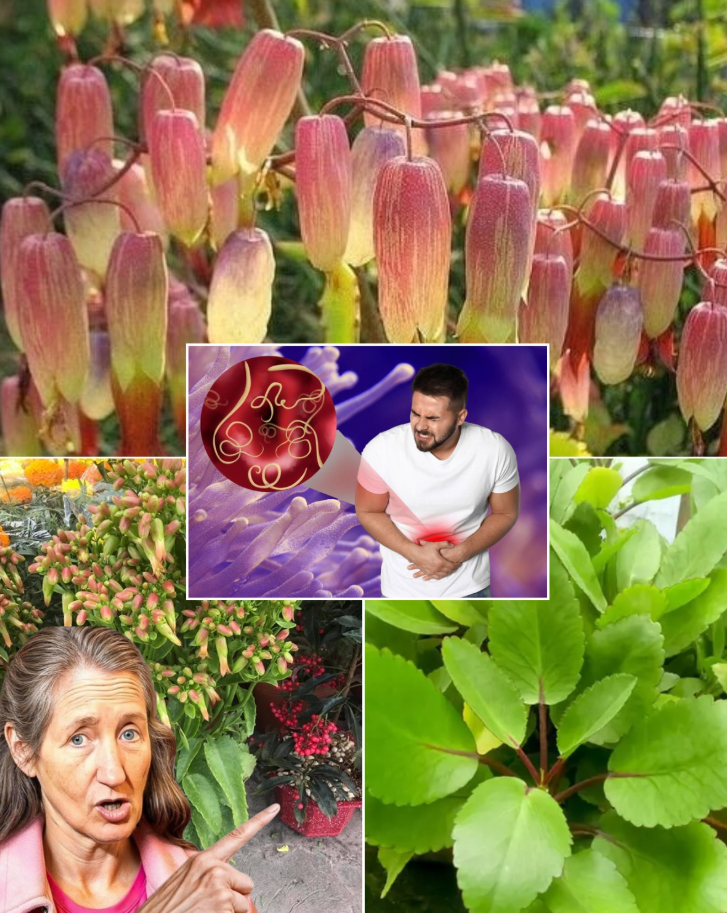
What Is Kalanchoe Pinnata?
Kalanchoe Pinnata is a perennial succulent belonging to the Crassulaceae family. Often nicknamed the “life plant,” “air plant,” or “cathedral bells,” it’s easily recognizable by its thick, fleshy green leaves and small plantlets that grow along the edges. Native to Madagascar, it now thrives in warm climates across Asia, Africa, and the Americas. In many cultures, it’s more than just a garden ornamental—it’s a trusted herbal remedy used to treat a variety of ailments.
Historically, indigenous communities have applied its leaves to cuts, burns, and insect bites or consumed its juice to support digestion and reduce inflammation. Its widespread use in Ayurvedic, Caribbean, and Latin American medicine is rooted in its complex chemical composition, which includes flavonoids, bufadienolides, phenolic acids, and other beneficial compounds.
Modern science is beginning to validate many of these traditional uses. Researchers are particularly interested in the plant’s antioxidant, anti-inflammatory, antimicrobial, and even anticancer properties.
Potential Health Benefits of Kalanchoe Pinnata
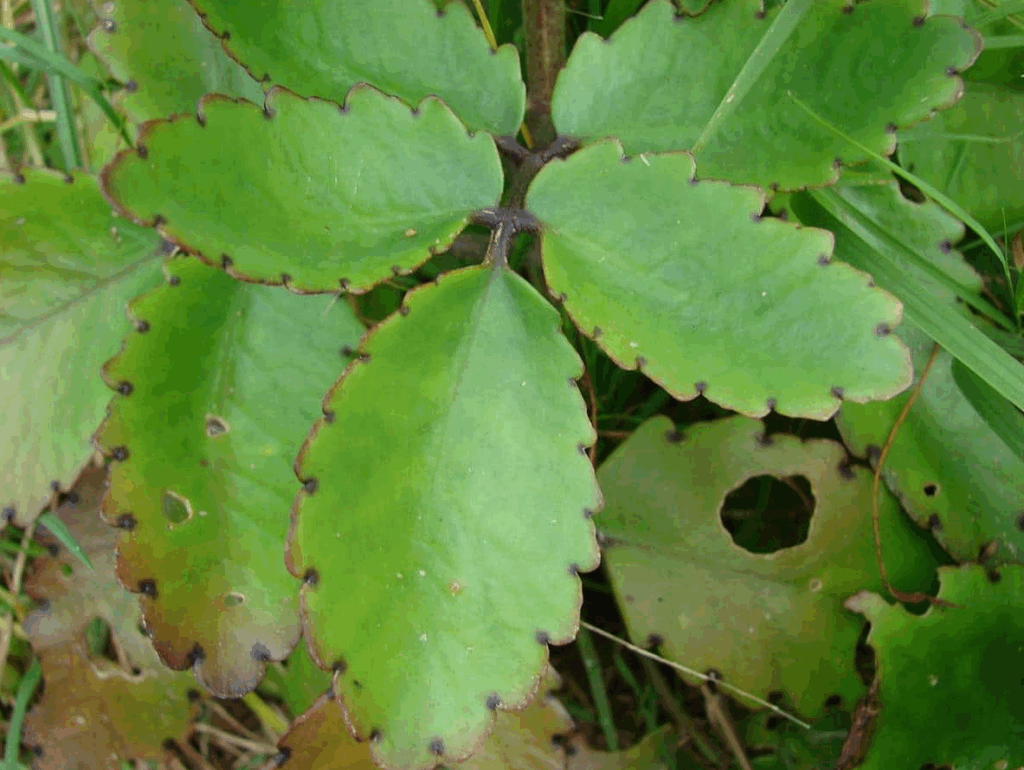
While more clinical trials are needed, both anecdotal evidence and early scientific studies suggest that Kalanchoe Pinnata may offer numerous health benefits. Let’s dive into some of the most compelling ones:
1. Antioxidant Power for Cellular Protection
Kalanchoe Pinnata contains powerful antioxidants like quercetin, kaempferol, and gallic acid, which help neutralize harmful free radicals in the body. Oxidative stress caused by these unstable molecules is linked to aging, inflammation, and chronic diseases such as heart disease and cancer.
A 2020 study published in the journal Plants found that the plant’s leaf extracts demonstrated significant antioxidant activity, suggesting a protective effect at the cellular level.
Why it matters: Antioxidants support long-term health by helping to reduce oxidative damage and inflammation.
How to use it: Traditionally consumed as a tea or juice; also used in topical formulations for skin support.
2. Support for Skin and Wound Healing
One of the most established traditional uses of Kalanchoe Pinnata is in wound care. Indigenous and folk healers across Brazil, India, and Africa have long used the fresh leaves to treat skin infections, minor wounds, ulcers, and insect stings.
Scientific research supports this use. A 2010 study in the Indian Journal of Experimental Biology showed that ethanolic extracts of the leaves significantly accelerated wound closure in animal models, likely due to their antimicrobial and anti-inflammatory effects.
Tip: Mash the leaves into a poultice and apply to clean skin for 15–20 minutes. Rinse and repeat as needed.
Caution: Always consult a healthcare provider for deeper wounds or infections.
3. Natural Anti-Inflammatory Effects
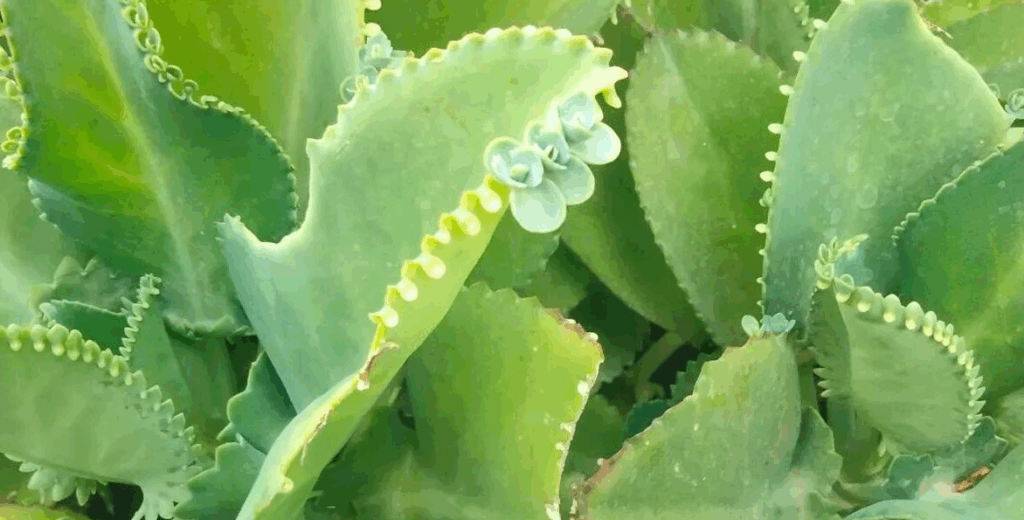
Inflammation is a common factor in many chronic illnesses, including arthritis, heart disease, and irritable bowel conditions. Kalanchoe Pinnata contains bioactive compounds—particularly flavonoids and phenolic acids—that have shown anti-inflammatory activity.
A 2006 study in the Indian Journal of Pharmacology highlighted the plant’s potential to reduce inflammation in experimental models. While not a replacement for medical treatment, it may offer gentle support for mild inflammatory issues.
Traditional use: Leaf juice or decoction is used in some cultures to soothe joint pain, menstrual cramps, or digestive upset.
Note: Human studies are limited, and anyone with chronic inflammation should consult a doctor before trying herbal alternatives.
4. Emerging Research in Cancer Support
One of the most promising—yet preliminary—areas of research is the potential anticancer effects of Kalanchoe Pinnata. A 2012 study in BMC Complementary Medicine and Therapies showed that the plant’s leaf extracts inhibited the growth of cervical cancer cells in vitro.
These effects are attributed to compounds like bryophyllin A and bufadienolides, which may induce apoptosis (programmed cell death) in cancer cells. However, much more research, including human trials, is needed before any clinical recommendations can be made.
Important disclaimer: Kalanchoe Pinnata is not a treatment for cancer. It should never be used as a substitute for conventional care.
Why it’s promising: It could potentially play a supportive role in integrative medicine in the future.
How to Use Kalanchoe Pinnata Safely
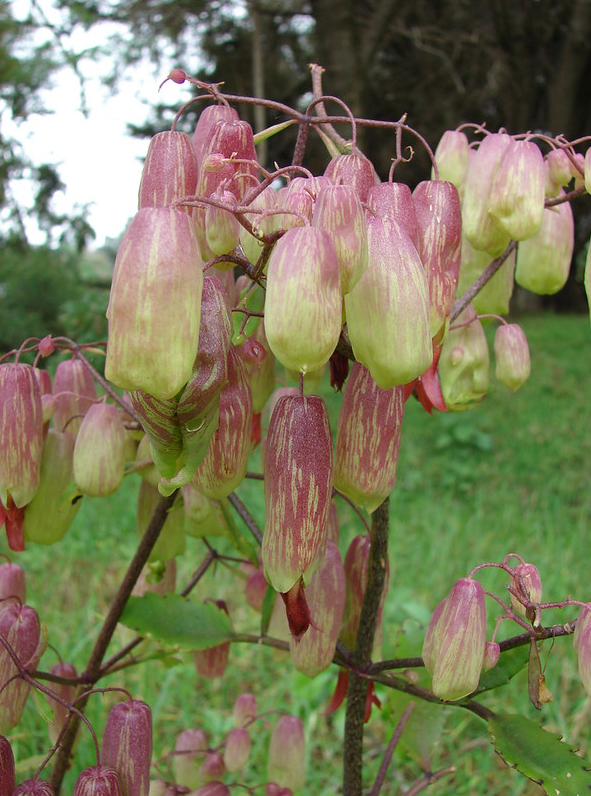
If you’re considering adding Kalanchoe Pinnata to your wellness toolkit, it’s important to understand how to use it safely and effectively.
Topical Use:
-
For wounds and burns: Apply a poultice of crushed leaves to clean skin.
-
For skin irritation: Combine leaf extract with aloe vera for added soothing effects.
Internal Use:
-
Tea: Steep 1–2 fresh leaves in hot water for 10 minutes. Drink in moderation.
-
Juice: Blend 1 teaspoon of fresh leaf juice with water or honey. Do not exceed recommended amounts.
Gardening Tip: It’s easy to grow indoors or outdoors in well-drained soil and indirect sunlight. The plant can propagate itself, making it low-maintenance and eco-friendly.
Safety Considerations and Side Effects
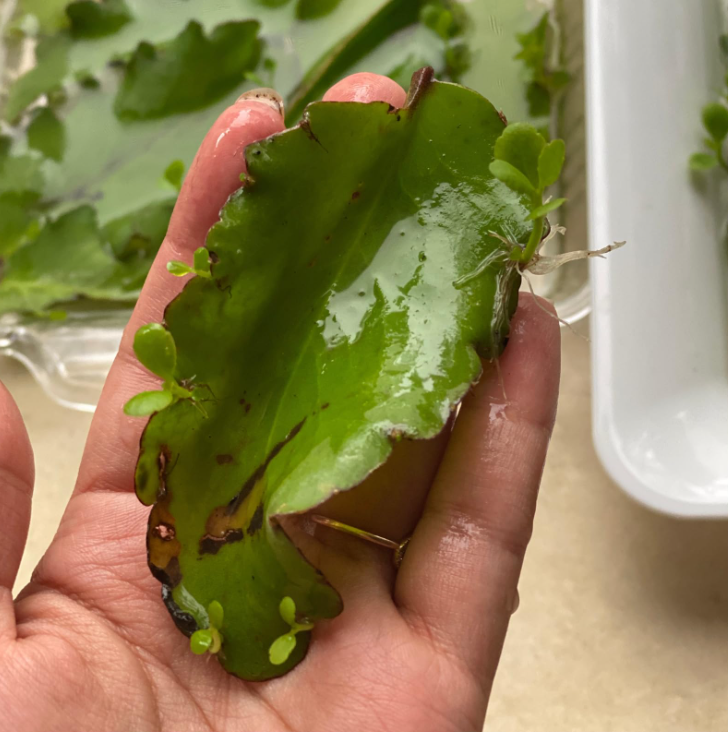
Despite its benefits, Kalanchoe Pinnata is not without risks. The plant contains bufadienolides—steroid-like compounds that can affect heart function if consumed in large amounts.
Potential Risks:
-
Toxicity: High doses can lead to cardiac toxicity, especially in pets or vulnerable individuals.
-
Allergic Reactions: Skin rashes or digestive upset can occur in sensitive people.
-
Drug Interactions: May interact with medications for blood pressure, heart conditions, or immunosuppressants.
Precautions:
-
Avoid during pregnancy or breastfeeding.
-
Do not give to children or pets without professional advice.
-
Always consult a healthcare provider before beginning any herbal regimen.
Why Kalanchoe Pinnata Is Gaining Popularity in the U.S.
As Americans become more interested in holistic wellness, Kalanchoe Pinnata is gaining attention for its affordability, ease of use, and multicultural medicinal history. Social media platforms and gardening communities are spreading the word, while herbalists and naturopaths are incorporating it into treatment protocols.
Its versatility—as both a houseplant and a natural remedy—makes it an appealing option for those looking to enhance their wellness routines with nature’s help.
Cultural appeal: Used in Ayurveda, Afro-Caribbean healing, Brazilian folk medicine, and traditional Chinese practices.
Incorporating Kalanchoe Pinnata Into Your Wellness Routine
Ready to explore the benefits of this miracle leaf? Here’s how to get started:
-
Grow It Yourself: Purchase from a local nursery or propagate from a single leaf. It’s ideal for window sills or patio containers.
-
Start Slow: Use small amounts of leaf juice or tea to assess your tolerance.
-
Consult Professionals: Work with a qualified herbalist or integrative doctor, especially if you take medications.
-
Stay Updated: Follow trusted sources like the National Center for Complementary and Integrative Health (NCCIH) for new findings.
The Future of Kalanchoe Pinnata in Health and Wellness
Kalanchoe Pinnata is more than just an exotic plant—it represents a convergence of time-tested tradition and modern scientific curiosity. As more research unfolds, we may see it integrated into broader wellness strategies for skin care, immune support, and inflammation control.
Its ability to regenerate itself symbolizes its healing reputation: enduring, adaptable, and quietly powerful. With the right knowledge and care, the miracle leaf may just earn a place in your daily health routine.
Disclaimer: This article is for informational purposes only and is not intended to diagnose, treat, or cure any disease. Always consult a licensed medical professional before starting new health treatments.
💬 Have you used or grown Kalanchoe Pinnata? Share your story in the comments below!
📢 Know someone who loves natural health or gardening? Share this article with them!
News in the same category


Groundbreaking Research: Reversing Memory Loss In Alzheimer’s Disease Without Removing Plaques

Rfk Jr. Raises Health Concerns Over 5G, Says It May Affect Brain Function And Cancer Risk

Eat Just 3 of These Daily and Watch What Happens to Your Body
. Their ability to benefit nearly every major system in the body - from the heart and liver to the brain and bones - makes them a powerful ally in maintaining health and vitality.

Blood Type O Diet: What to Eat and What to Avoid

5 Everyday Habits That Are Slowly Destroying Your Liver (Without You Realizing It)

Blood Clot in Leg: Signs and Symptoms You Shouldn’t Ignore

Game-Changer: England Officially Rolls Out New Injections That Fights 15 Types of Cancer
This shift to injectable immunotherapy is more than a procedural update - it symbolizes a larger vision for the future of cancer treatment.

If Your Nails Show These 6 Signs, See a Doctor Immediately
While some alterations may be harmless, others could be early warnings of serious health conditions.
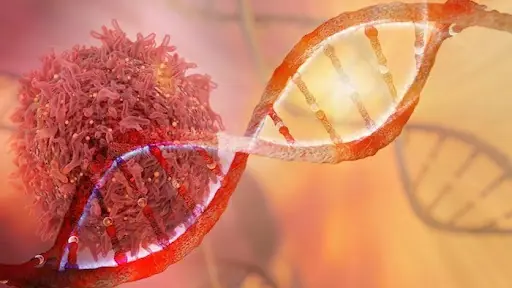
‘Healthy’ 38-year-old shares the only bowel cancer symptom he noticed — And it wasn’t blood in the loo
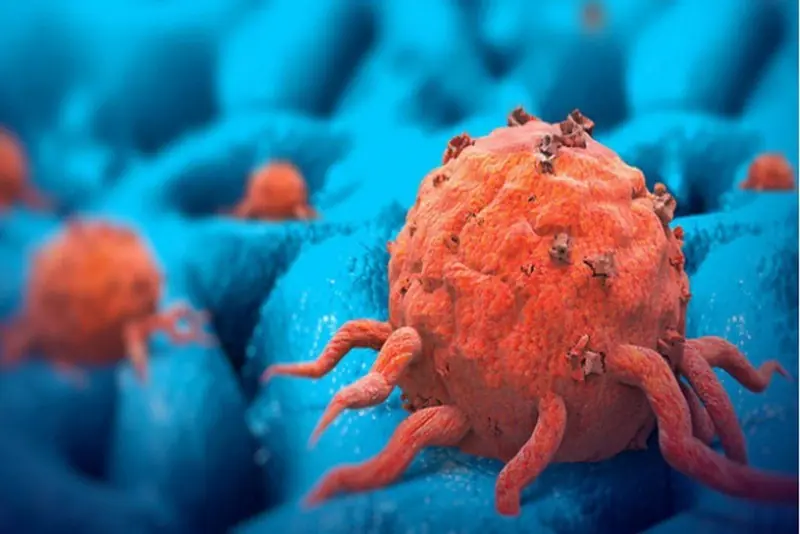
Young Dad Misses Key Cancer Symptom That Left Him Terrified

5 Things Doctors Say You Should Never Give Your Kids to Help Prevent Cancer

Indiana Boy, 8, Dies Hours After Contracting Rare Brain Infection At School

World-First Gene Therapy Restores Sight to Boy Born Blind

A Warning About The ‘Worst Thing’ That People Should Never Do When Awakening in the Night

Horrifying simulation shows life-threatening impact of drinking too much water and how it can lead to death
These simulations, tragic stories, and medical data remind us that moderation matters.

Cancer Breakthrough: Scientists Discover Protein That Puts Tumors to Sleep!
With promising results in preclinical trials and a growing understanding of the tumor microenvironment, type III collagen may become a key player in the fight against cancer - not by eradicating it, but by keeping it permanently asleep.
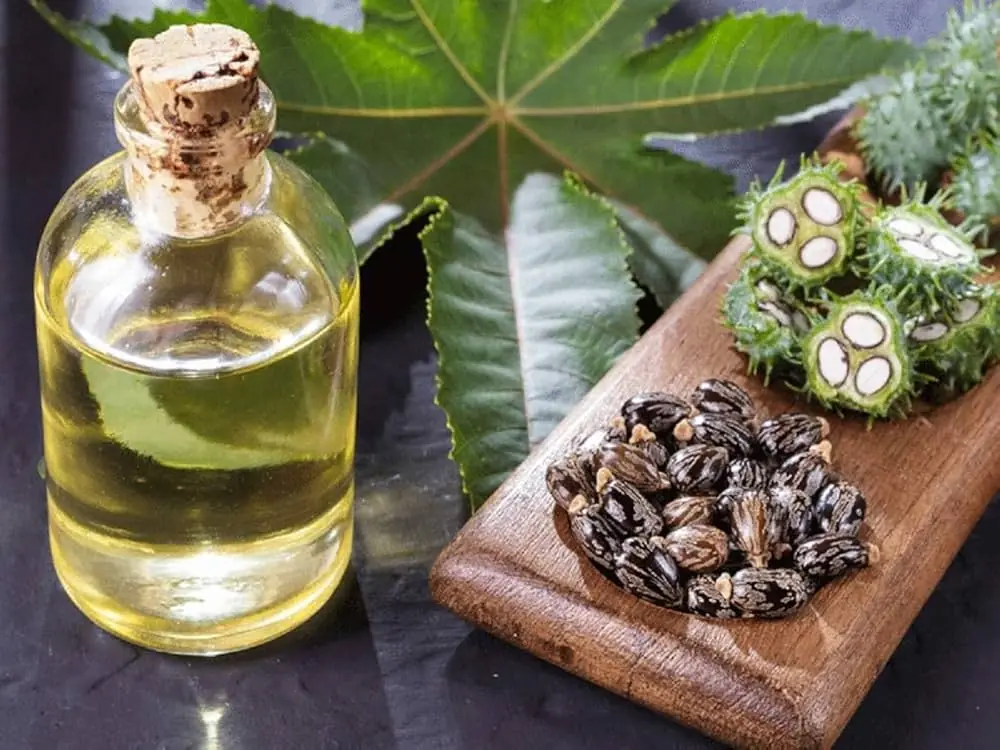
The Amazing Health Benefits and Uses of Castor Oil

Evidence-Based Health Benefits of Raw, Pure, Natural Honey + Turmeric Golden Honey Recipe

Home Remedies for Blocked and Stuffy Nose
News Post

She held on, certain they would come back. Yet as days turned into weeks, her strength waned—until a fresh kind of love unexpectedly entered her life.

The Hidden Light In Your Hands That Shouldn’t Be Dimmed

Mosquitoes Rain From The Sky Over Hawaii—Scientists Explain Why

Doctor Shares 30-Second Hand Test That Could Reveal Hidden Brain Tumor

Nasa Tracks Plane-Sized Asteroid Speeding Toward Earth At 47,000 Mph

Groundbreaking Research: Reversing Memory Loss In Alzheimer’s Disease Without Removing Plaques

Rfk Jr. Raises Health Concerns Over 5G, Says It May Affect Brain Function And Cancer Risk

Two-Year-Old Boy Bites Cobra To Death After Snake Coils Around His Hands In India

Four Famous Psychics Warn World War III Could Begin By End Of 2025

Abandoned puppy was found in terrible shape — see his incredible transformation one year later in the comments 🥹

Eat Just 3 of These Daily and Watch What Happens to Your Body
. Their ability to benefit nearly every major system in the body - from the heart and liver to the brain and bones - makes them a powerful ally in maintaining health and vitality.

Psychic who suffered near-death experience reveals shocking truth about the afterlife
A psychic has detailed about afterlife after claiming to have experienced the feeling "dea@th" four times.

Blood Type O Diet: What to Eat and What to Avoid

5 Everyday Habits That Are Slowly Destroying Your Liver (Without You Realizing It)

Blood Clot in Leg: Signs and Symptoms You Shouldn’t Ignore

Real story behind Amelia Earhart and the Bermuda Triangle as scientists 'solve mystery' after 88 years

Airlines forced to cancel flights after 'Japanese Baba Vanga' predicts catastrophic disaster

8.7 magnitude earthquake off Russia: Japan experiences first tsunami, many countries issue warnings

After Seeing Her Husband's Photo with a Pregnant Stranger, Nadya Chose Silence – But What Happened Next Was Sh0cking
It was unthinkable! How could this be happening? Nadezhda thought, staring at a photograph of a young pregnant woman sitting on her husband’s lap, smiling, and clinging to him. Twenty-five years of marriage... and now this? Her heart tightened painfully

I Went Undercover as a Homeless Person to Test My Granddaughter's Fiancé – What I Found Was Beyond Sh0cking
I dressed in old, ragged clothes, hid my face beneath a weathered hat, and stood on the street like a beggar—just to see what kind of man my granddaughter was marrying. I thought I was prepared for anything, but what happened next left me speechless and